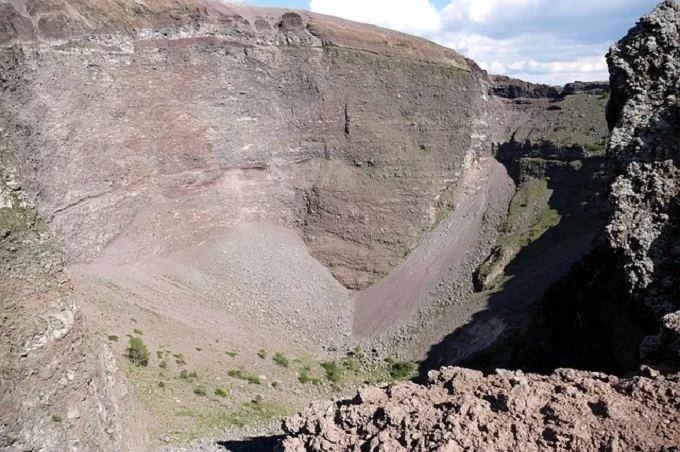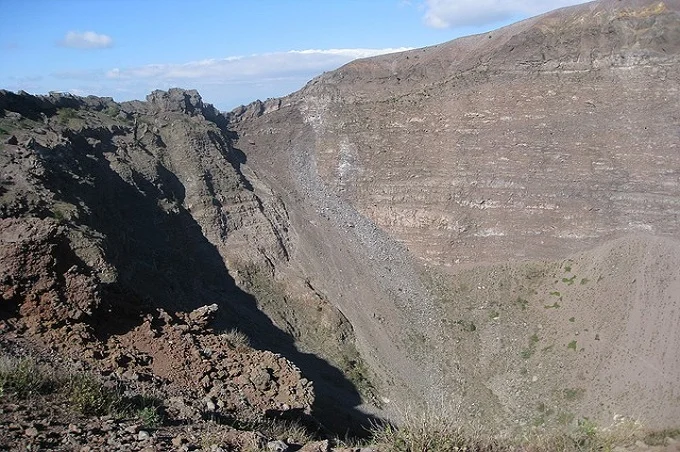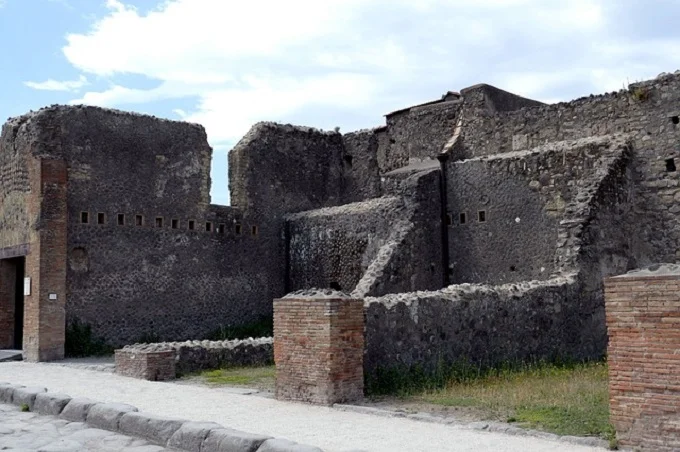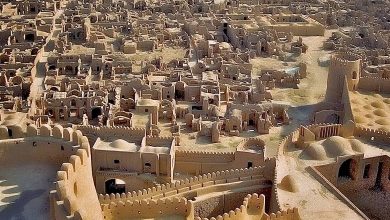What happens if Mount Vesuvius erupts again?

In AD 79, Pompeii was buried under lava and ash. The same thing happened to Herculaneum and other less populated cities and villages around Vesuvius. From that moment on, the volcano erupted thirty more times. The most serious, not counting Pompeii, was the catastrophe of 1631, which claimed, according to various estimates, up to six thousand lives. Mount Vesuvius last erupted at the end of World War II, in 1944, and led to the death of twenty-six people.
Since the last eruption of Vesuvius was a very long time ago, everyone in its vicinity managed to forget that they live at the foot of one of the most dangerous active volcanoes. Geological studies show that it may soon begin to erupt again. What will happen if this happens, and what will it mean for the people of nearby Naples and Italy as a whole?
1. The Italian government has an evacuation plan, but it is unlikely to work
Suppose Vesuvius suddenly decides to wake up and again arrange the “Last Day of Pompeii” for the surrounding cities. In that case, local authorities in the Campania region, where the famous volcano is located, should immediately begin evacuation on hundreds of buses and trains.

In a few minutes, local authorities will have to precisely coordinate actions to have time to evacuate all the inhabitants around Vesuvius. And this, so you understand, 25 cities and about 700 thousand people in the red zone (that is, where the destruction will be one hundred percent) and another 63 cities and municipalities in the yellow zone (where the damage will be, but not so strong). But alas, it may simply not work.
The first problem that the National Council of Geology of Italy is discussing is the inconsistency of actions and the lack of development of an evacuation plan. The second and more dangerous problem is the lack of evacuation at all. To get the latest stories, install our app here
The fact is that a false alarm has already been raised several times, and all emergency services were forced to evacuate the locals at lightning speed, at least in the red zone. So, for example, in 1984, the authorities had to evacuate about 40 thousand inhabitants, but the eruption never happened. And since the mass evacuation of the population is a costly and nerve-wracking exercise, which also hurts the reputation of officials, they have become weaker and weaker to respond to a potential threat. Fearing the real possibility of becoming a “political corpse,” officials may delay evacuation until the very last moment, namely fireworks of red-hot rocks in the sky when it’s too late.
2. Thousands of houses nearby will be destroyed in an instant
If you think that no madman would ever think of settling next to an active volcano, then you underestimate the Italians. They went further and set up thousands of houses right on the slopes of Vesuvius. The Italian government tried to deal with development in such a dangerous area but to no avail.
There are not only residential buildings but also shops and even restaurants among the buildings. Even with a perfectly designed evacuation plan, the people living in these illegal buildings will not have time to understand what happened when the eruption begins and will join the mummies from Pompeii. Then, in 1995, the country’s authorities made the territory of the entire volcano a national park, but this did not prevent the Italians from settling almost at the vent. To get the latest stories, install our app here
3. The eruption will destroy Naples
If you want to visit this beautiful city that influenced history, you should hurry. The fact is that if Vesuvius “works” in full force, then the destruction will not be limited only to the cities and villages adjacent to the foot in the red zone. Scientists say that Vesuvius could also destroy Naples, the third-largest city with almost a million inhabitants. And this is not counting the agglomeration, where more than three million people live.
But in fact, there may be even more victims because within the first fifteen minutes, according to the eruption simulation results, everything within a radius of six kilometers will be destroyed by the blast wave, magma, and earthquake.
4. Vesuvius can cause an overheated pyroclastic flow
When you see a recording of a volcanic eruption, what kind of threat do you imagine? Of course, red-hot magma slowly floats down, which burns everything in its path. But there is a more serious danger – pyroclastic flows. These are clouds of hot ash and toxic gases adjacent to the earth that can move at a speed of almost 300 kilometres per hour, burning everything in their path. To get the latest stories, install our app here
Scientists believe that during the eruption in 79, Vesuvius emitted six destructive pyroclastic flows that heated the air in Pompeii and other surrounding cities to 300 degrees Celsius. This was enough to burn the skin and lungs of people in a split second.

That is why lava flows are not the worst thing that can happen to local residents, because you can easily escape from them at least by boat in the sea. But pyroclastic surges can spread for kilometres and not give a chance for survival. The inhabitants of Pompeii also tried to escape by water, but the pyroclastic flows that overtook them, according to scientists, made their blood boil almost instantly.
Although it sounds very creepy, scientists have concluded that this happened in a split second, and the eruption victims died relatively painlessly. By the way, the pyroclastic flows “preserved” the bodies of those who died in Pompeii since the ashes wrapped the victims in a kind of film and mummified them.
5. Ashes and volcanic rock will not be saved even a few kilometres from the volcano
If Vesuvius erupts, tons of ash and magma will be thrown into the air, which will cause fiery rain. As we said above, it will bury Naples and other cities under it. To get the latest stories, install our app here
But the danger is not only in them but also in pumice – a volcanic rock from magma that hardens when it erupts in the air. So, in addition to fire from heaven, large stones will fall on the heads of residents at a distance of up to fifteen kilometers. It will be similar to a medieval fortress siege with the shelling of the walls with cobblestones.
But suppose stones and magma threaten at such an “insignificant” distance. In that case, ash and gases can spread over thousands of square kilometers around Vesuvius, which will lead to a deterioration in the ecology and climate of the entire region.

6. The country will face a serious social crisis
It seems to be a simple matter to evacuate people from the red zone, and that’s it; the problem is solved. But what to do with the more than 600,000 people living in the red zone? Where should they all be relocated? Just imagine this half-million wave of people that will pour into neighbouring cities that were not designed for such a population increase. Although the Italian government has developed a detailed evacuation plan, it does not settle the refugees. To get the latest stories, install our app here
In addition to the lack of sufficient housing for refugees, Italy will also face an acute social crisis because few people will be happy with the influx of so many people, albeit for good reasons.
In addition to all of the above, the eruption will disrupt communications, including water supply, sewerage, and electricity, as an earthquake usually follows it. Therefore, refugees who arrived in the surrounding cities outside the yellow zone will find themselves literally in the Middle Ages without any benefits of civilization.




